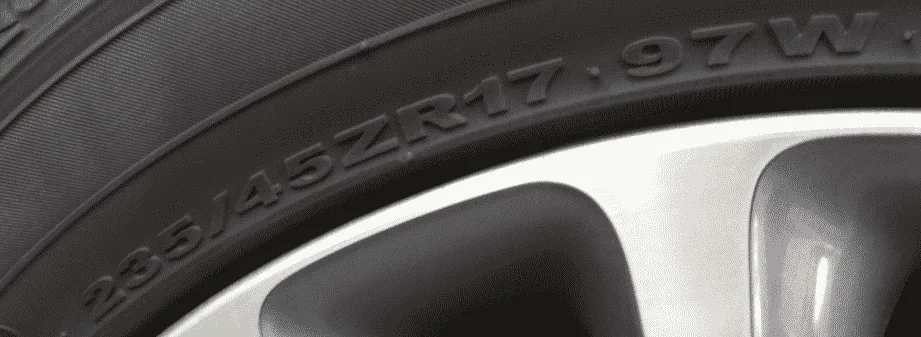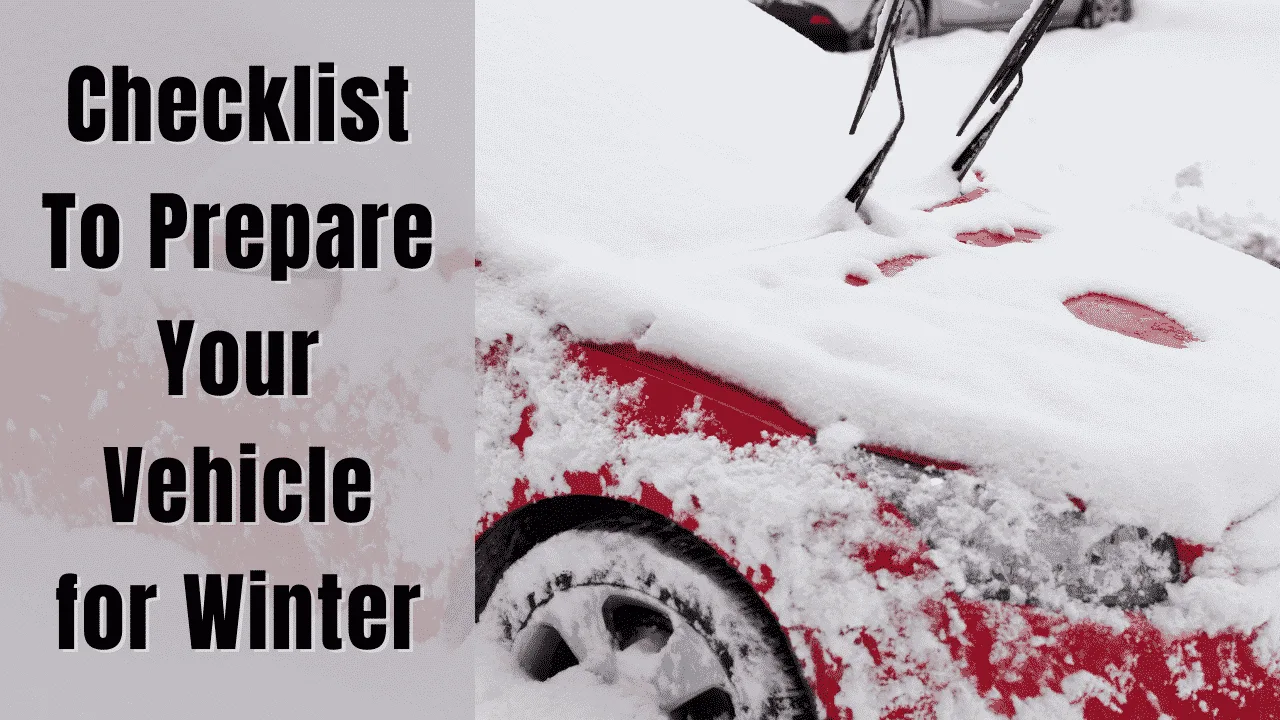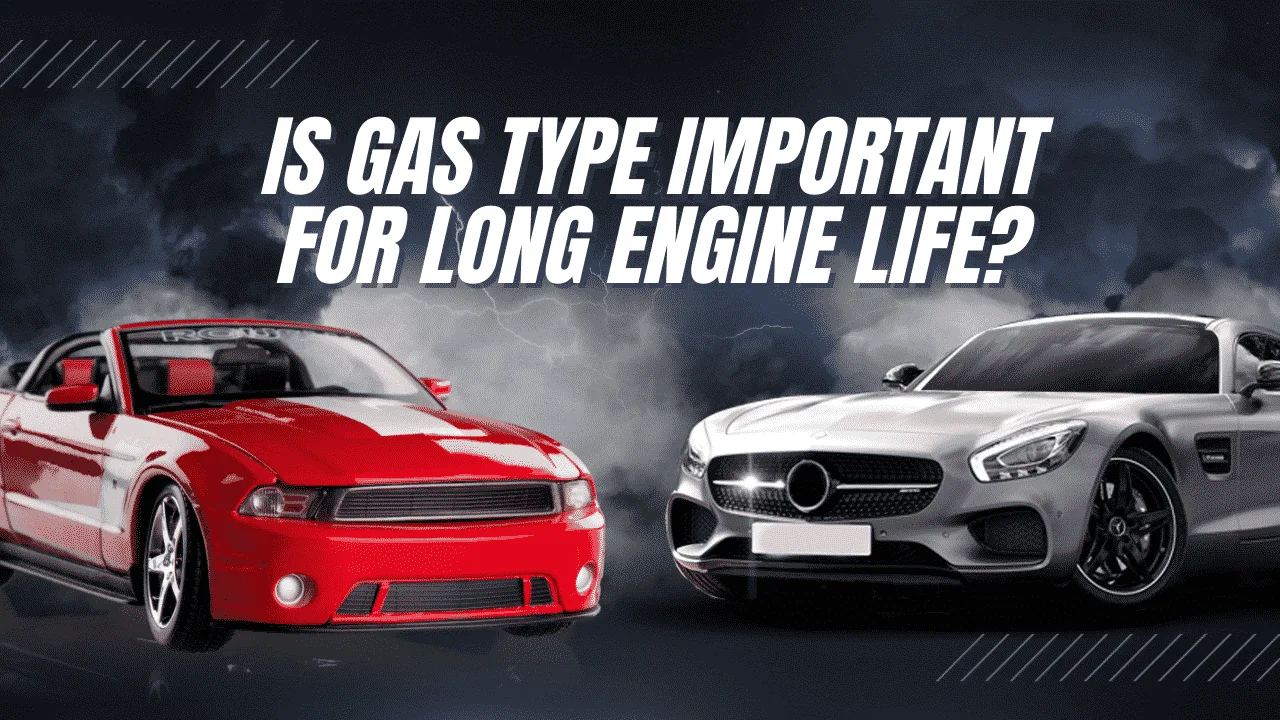
This article will discuss how to read tire size, find it, and more information on which type is best for your vehicle.
Provided that you have a car, it is likely that you will need auto glass repairs, engine repairs, and this information at some point in your life. There are several types of tires, and picking the correct one is essential. Some are designed for speed, others for comfort, and some are even designed for off-road use. But what are the right ones for your vehicle?
Where do I find the size?

There are a few places to locate the size. If you still have stock wheels on your car, the size can be found inside the driver-side door jam and possibly in the glove box. But suppose you’ve modified your vehicle and added bigger rims. In that case, you’ll want to check the sidewall to ensure you’re getting the correct size tires for your rims. The inside door jam will also provide the correct tire pressure for the stock tires.
How To Read The Size

There are two types of sizes: nominal and metric. Nominal is based on the width of the rim, and metric tire size is based on wheel diameter. In addition, there’s a series of letters and numbers on the sidewall, which are simply codes that denote the following.
- Tire speed rating
- Load index
- Aspect ratio
- Rim size
- Section Width
- Radial construction
What do the letters mean?

The letters let you know the class, construction, speed rating, and load range. The Department of Transportation (DOT) mandates additional letters, but they’re not related to picking out tires.
Example: 235 / 45 R17 97 W is on my Volvo. European tires will not include the prefix, so there’s no number at the beginning but let’s look at the R and W.
- R – Stands for Radial, which is the most popular design
- W – This is the speed indicator, and in this case, the maximum speed is 168 MPH.
Other Letters:
- P – Indicates “passenger car tire.”
- LT – Indicates “light truck tire.”
- ST – Indicates “special trailer.”
- T – This is the letter found on a spare tire.
What do the numbers mean?
The numbers on the sidewall indicate load capacity. They also let you know the proper inflation amount. Since inflating your tires too much could become unsafe.
Let’s use the example from my Volvo tires above to understand what the numbers mean in 235 / 45 R17 97 W.
- 235 – This is the width in millimeters.
- 45 – This is the aspect ratio of the sidewall height, which is 45% of the section width.
- 17 – Indicates what size rim it will fit on. In this case, it’s a 17-inch rim.
- 97 – Determines the load rating or maximum amount of weight it’s capable of carrying. In this case, 97 would convert to 1,609 lbs. I’ve added a link to a great site in the resource section below to help you find the load rating on your tires.
What is the maximum speed rating by letter?
The last letter indicates the maximum speed ratings. For example, our speed rating would be the “W” in 235 / 45 R17 97 W. The higher in the alphabet, the faster the tires can go. For instance, T-rated tires have a top speed of 118 mph, while W-rated tires can go up to 168 mph. Most sports cars will have H, V, W, or Y, indicating speeds from 130 mph to 186 mph.
Additional letters found on the sidewall and their meaning
As mentioned above, other letters such as DOT have three separate groups of numbers following them. Each group of numbers and letters indicates something different.
- The first group represents the manufacturer.
- The second group indicates the size.
- The third group represents the type.
Safety Organizations
The National Highway Traffic Safety Administration (NHTSA) established the Federal Motor Vehicle Safety Standards and The Uniform Tire Quality Grading (UTQG) code. The UTQG tests the following safety items.
- Tire Tread Wear – A three-digit number to project the length of time passenger tires will last
- Traction – Covers the estimated stopping distance on a wet surface.
- Temperature Grade – The amount of resistance the rubber has to heat
Resources
TireSize.com– The tire experts at this site have a couple of really nice charts on tire size and an excellent chart for tire load. The tire size chart will show you how to read dimensions by wheel size, and the load index chart will help you quickly find the load rating.
15 Common Questions People Asked When Buying Tires
- Can you check the size by VIN? Yes, but more accurate sizes are listed on the sticker inside the driver-side door jam.
- What does it mean to rotate tires? It’s changing the direction of rotation so that each side gets equal wear. If one side wears out before the other, then there may be an alignment issue. Click here to learn much about the alignment process and cost.
- Can bigger tires affect odometer readings? Yes, the larger circumference can cause the odometer to register a lower number of miles than driven.
- Can bigger tires affect the speedometer? Yes, just like question 3, the larger circumference can cause the speedometer to display a slower speed than what you’re driving.
- Why do some people say that larger diameter tires make better handling? Large-diameter tires provide more contact area between the road and the treads, which can provide better handling.
- Do bigger wheels affect ride quality? No, because the weight distribution remains constant regardless of wheel size.
- How do larger tires affect gas mileage? Larger tires use less fuel per mile due to increased traction. However, if you drive aggressively, you’ll burn through those extra pounds of fuel much quicker.
- Are smaller tires safer? Smaller tires offer better maneuverability and allow for a tighter turning radius, making the smaller tires ideal for tight turns where large tires could get stuck.
- Can you switch tire size on the same rim? Yes, but you’ll want to speak with an expert on tires to determine how large or small you can go on the rim.
- Should I pay attention to my tire pressure? You need to keep track of the pressure every month and more often during drastic temperature changes.
- What is the width of a tire? The width is from the edge of the tread to the inside of the tire.
- What is the P-Metric Tire? At the beginning of the “Tire Size,” “P” is written to indicate that the tire is P-Metric for passenger vehicles.
- What is the aspect ratio? The height of the rim to the top of the tread and expressed as a percentage of tire width. The tire’s aspect ratio is on the side of the tire.
- What are Radial Tires? The letter “R” stands for radial, meaning the layers run radially across the tire.
- What is the size of a wheel? The diameter of your wheel is measured from one end to the other across the center of the tire. The rim diameter is a good indicator of the overall wheel size for your vehicle.
In conclusion, there are many factors when choosing the perfect tires for your vehicle. So it’s always a wise decision to consult a specialist to ensure you’ve made the right choice.






